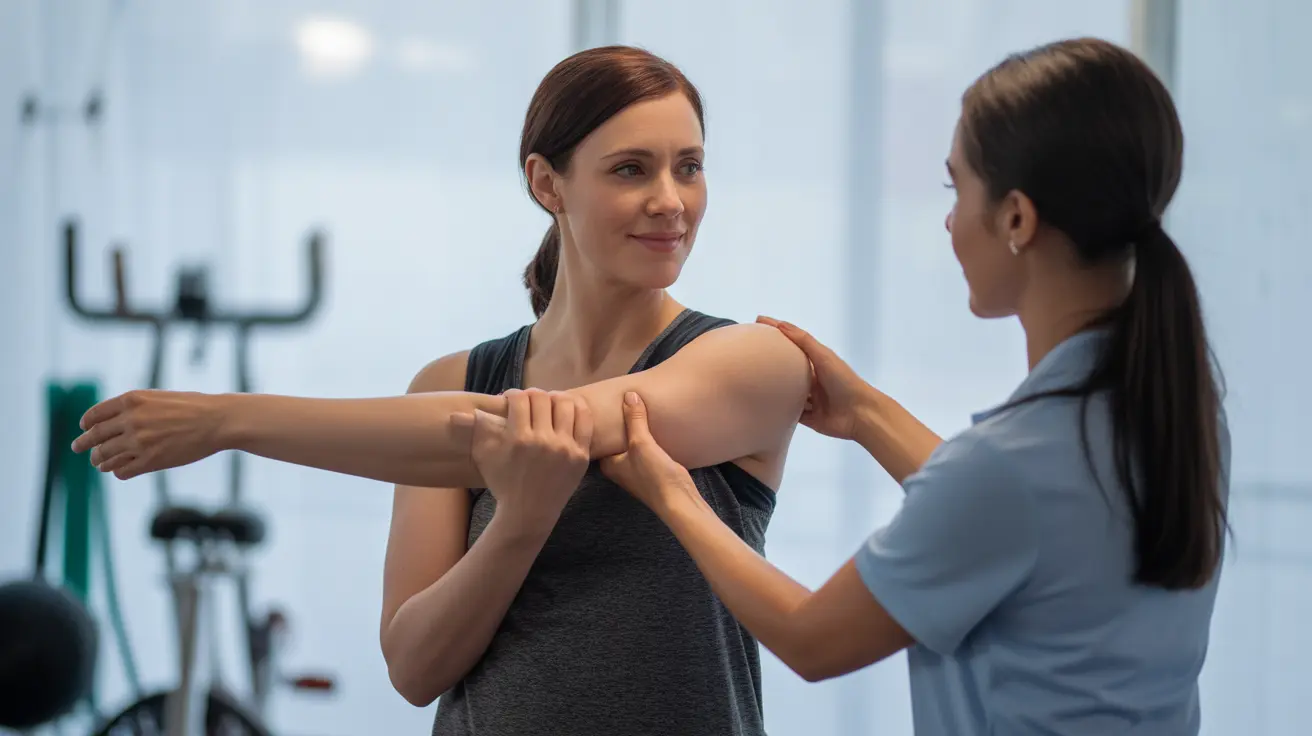Experiencing arm pain after a stroke is a common challenge that many survivors face during their recovery journey. This complex condition can significantly impact daily activities and quality of life, making it crucial to understand its causes, diagnosis, and available treatment options.
While each stroke survivor's experience is unique, arm pain often occurs alongside other post-stroke symptoms and requires careful medical attention and targeted therapeutic approaches for effective management.
Common Causes of Post-Stroke Arm Pain
Several distinct mechanisms can lead to arm pain following a stroke, each requiring different treatment approaches:
Spasticity and Muscle Tension
After a stroke, muscles may become tight and rigid, leading to painful spasms and contractures. This condition, known as spasticity, occurs when normal nerve signals to the muscles are disrupted, causing involuntary tightening and resistance to movement.
Central Post-Stroke Pain (CPSP)
Some survivors experience neuropathic pain caused by damage to the brain's pain-processing centers. This type of pain often feels like burning, tingling, or sharp sensations and may be triggered by touch or temperature changes.
Shoulder Subluxation
Weakness in the shoulder muscles can cause partial dislocation of the joint, leading to significant pain and reduced mobility. This condition requires immediate attention to prevent further complications.
Diagnostic Approaches
Healthcare providers use various methods to assess and diagnose stroke-related arm pain:
- Physical examination and movement assessment
- Pain scale evaluations
- Imaging studies (X-rays, MRI) when necessary
- Neurological testing
- Range of motion measurements
Treatment Options and Pain Management
Medication-Based Treatments
Various medications may be prescribed to manage different types of post-stroke arm pain:
- Anti-spasticity medications
- Pain relievers
- Anti-inflammatory drugs
- Nerve pain medications
Physical Interventions
Several physical treatments can help alleviate arm pain and improve function:
- Therapeutic exercises
- Joint positioning techniques
- Splinting and bracing
- Heat or cold therapy
- Electrical stimulation
The Role of Physical Therapy
Physical therapy plays a crucial role in managing stroke arm pain and improving overall function. Therapists work with patients to:
- Develop customized exercise programs
- Teach proper positioning techniques
- Improve range of motion
- Strengthen weakened muscles
- Prevent further complications
Warning Signs and When to Seek Help
Certain symptoms warrant immediate medical attention:
- Sudden increase in pain intensity
- New or worsening weakness
- Significant changes in sensation
- Visible swelling or color changes
- Decreased range of motion
Frequently Asked Questions
What are the common causes of arm pain after a stroke?
Common causes include muscle spasticity, central post-stroke pain (CPSP), shoulder subluxation, and nerve damage. Each of these conditions can present differently and may require specific treatment approaches.
How is stroke-related arm pain diagnosed and assessed by doctors?
Doctors use a combination of physical examinations, pain assessments, imaging studies, and neurological tests to diagnose the specific cause and type of arm pain following a stroke.
What treatments are available to relieve arm pain caused by stroke complications?
Treatment options include medications (such as anti-spasticity drugs and pain relievers), physical therapy, positioning techniques, splinting, and various therapeutic exercises. The specific treatment plan depends on the underlying cause of the pain.
Can physical therapy help improve arm pain and mobility after a stroke?
Yes, physical therapy is often highly effective in managing post-stroke arm pain and improving mobility. Therapists use targeted exercises, positioning techniques, and various therapeutic modalities to reduce pain and enhance function.
When should I seek medical help for new or worsening arm pain after a stroke?
Seek immediate medical attention if you experience sudden increases in pain intensity, new weakness, significant changes in sensation, visible swelling, or decreased range of motion. These symptoms could indicate serious complications requiring prompt treatment.




